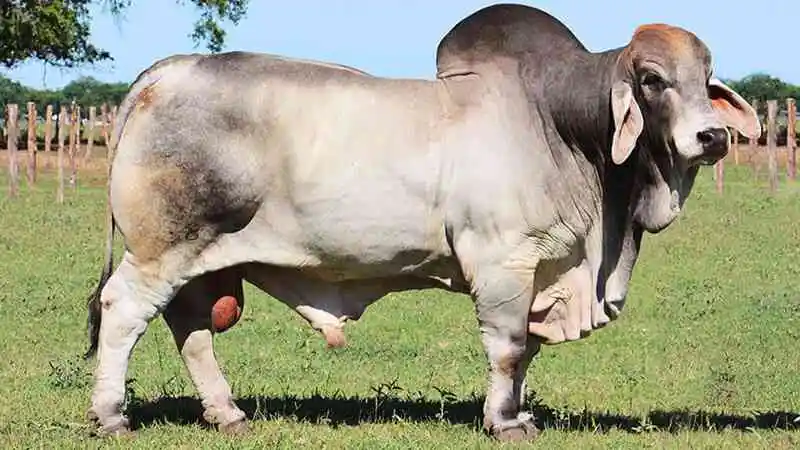
Cattle any large, even-toed hoofed, ruminant mammal of the genus Bos, family Bovidae. Domestic cattle mostly descended from the wild aurochs (European Ox, now extinct). Domestication of cattle and their propagation at the world level started in the Neolithic ages in about 2000 BC. Bos indicus and Bos taurus are the two distinct species of cattle. B. indicus, the Indian Zebu (humped) is available in the Indian subcontinent, characterized in general by lower growth rate, smaller size, late sexual maturity, poor production, and prone to parasitic attack but resistant to some infectious diseases. On the other hand B. taurus (temperate cattle) is characterized by medium to heavy size, early sexual maturity, and has high production potentialities in terms of meat and milk. Cattle has multipurpose functions; it is used for traction of lands and cartage and produces milk and meat. Cow dung is used as manure and as fuel, and a substrate for methane production. Cattle hides and skin are used for clothing, bags, shoes etc. In Bangladesh the total cattle population is about 23.4 million of which 11.91 million are males and 11.49 million are females. Included among the cattle population are about 3.53 million milking cows, 2.61 million dry cows (cows without milk), 2.13 million draught cattle, and 4.20 million improved cattle.
Key Characteristics of Bangladeshi Cows:
- Indigenous Breeds: Dominated by Zebu types, including Red Chittagong, Pabna, and North Bengal Grey.
- Adaptation: Well-adapted to the tropical environment, disease-resistant, and efficient at utilizing low-quality feed.
- Dual-Purpose: Used for milk, meat, and draught power.
- Crossbreeding: Efforts to improve milk and meat production through crossbreeding with exotic breeds like Holstein-Friesian and Sahiwal.
- Distribution: Cattle are found throughout Bangladesh, with a slightly higher concentration in the northern part of the country.
- Economic Importance: Cows are a vital source of income and food for many rural households.

Breeds
- Red Chittagong: A local breed known for its reddish coat and dual-purpose traits.
- Pabna: Another indigenous breed adapted to the Pabna region.
- North Bengal Grey: A breed found in the northern part of Bangladesh.
- Holstein-Friesian: An exotic breed known for high milk production.
- Sahiwal: An exotic breed known for both milk and meat production.
Challenges:
Market Fluctuations: Unstable market prices can affect farmers’ income.
Limited Milk and Meat Production: Indigenous breeds generally produce less milk and meat compared to exotic breeds.
Feed Availability and Quality: A lack of high-quality feed and fodder is a major constraint.
Disease Management: Outbreaks of diseases can impact cattle health and productivity.
Breeding Stock: Access to quality breeding bulls is limited.
Leave a Reply